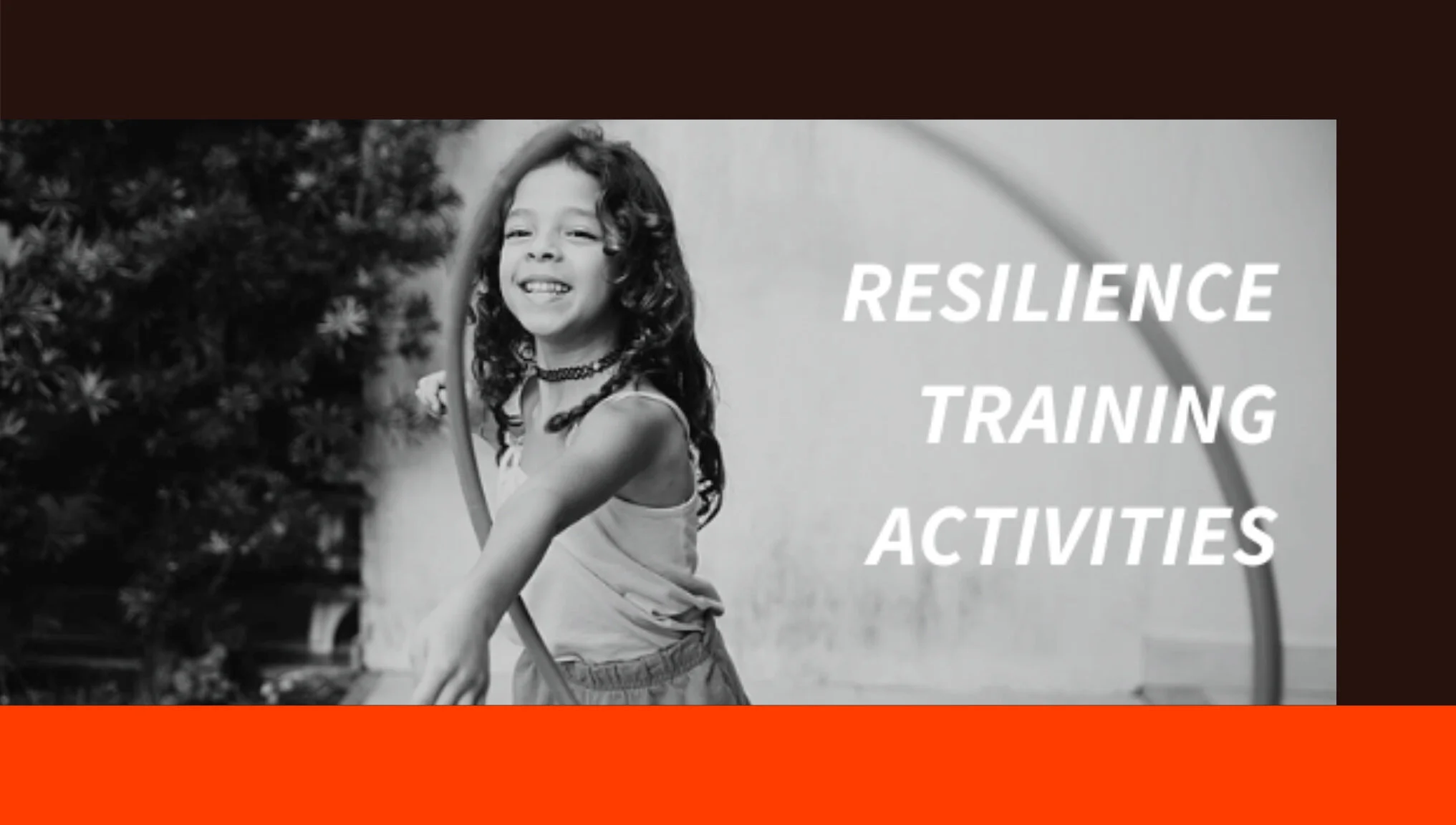Resilience Training Activities: 4 Fun Games for Kids
Am I being too strict with my child?
I don’t want to be overly authoritarian.
How do I know if I’m spoiling my children too much?
I’m concerned that my children are unable to deal with pain. What am I doing wrong?
As a licensed therapist and parenting expert, these are a lot of the worries I hear. Parents are fixated on whether they’re being too strict or too soft.
But there is a third option – resiliency.
Resilience is crucial to our mental health and overall happiness. Resilient children are able to overcome challenges and “bounce back” from difficult times more quickly and more easily.
So how can you train your children to be more resilient while still having fun as a family?
These are four games that you can play with kids to help them practice and build emotional resiliency.
1. Mirror Activity
A common misconception of resilience is that you need to create “independence” in children. On the contrary, resilience is strongest when there is a sense of “INTERdependence,” such that a child can practice autonomy while having a safe and supportive space to return to.
This Mirror Activity is a game for the entire family to build healthy, interdependent connections and a positive self-view.
Each person in the family takes turns standing with their back to a mirror (floor-length works best). While one person is standing with their back to the mirror, the other family members write characteristics that they admire about this person on the mirror around their body. When finished, this person turns around and reads all the words surrounding them that are written by their loved ones.
To remember these words, you can choose to take a picture before moving onto the next person or you can do this activity in the bathroom of each family member and leave the words up.
2. Yoga/Mindfulness
This might come as a surprise, but young children are AMAZING at being mindful, especially when compared with adults. To help foster this innate ability, you can practice yoga and other intentionally mindful activities with your children.
It can be particularly helpful to teach them the language of being “mindful” versus simply “thinking too much” or “being in their heads”. This gives them the tools to communicate with you when they are feeling stressed and need an activity to ground them in the present moment.
3. Build a Problem Solving Toolbox
I mean this literally. Find a shoebox and give your child free rein to decorate it however they want.
If your child is old enough to write or draw, have them create “problem solving options” to put in the box. While you can give examples of what works for you to get them started, the ultimate goal is for your kids to come up with what works for them.
Here’s a good way for parents to practice NOT fixing the problem: have your kids write down a problem first, and then talk about different solutions to that problem. Give your thoughts only if they ask for help. Otherwise, listen and empower them to come up with their own solutions.
Stay quiet, let them think, summarize what they’re thinking, ask them open-ended questions, and say things like, “What do you think you would do?”
4. Hiking/Camping
Kids need to be outside and spend time in nature. In addition to all the benefits of being outdoors, such as building confidence and reducing stress, hiking and camping also builds resilience in children.
Because the outdoors is inevitably unpredictable, children who spend time outside learn how to be more resourceful and adaptable to unexpected situations. This time outdoors also gives children a chance to be creative and innovative in their play.
Macy Grim, M.S., LPCC
Licensed Professional Clinical Counselor
MacyGrimTherapy.com

